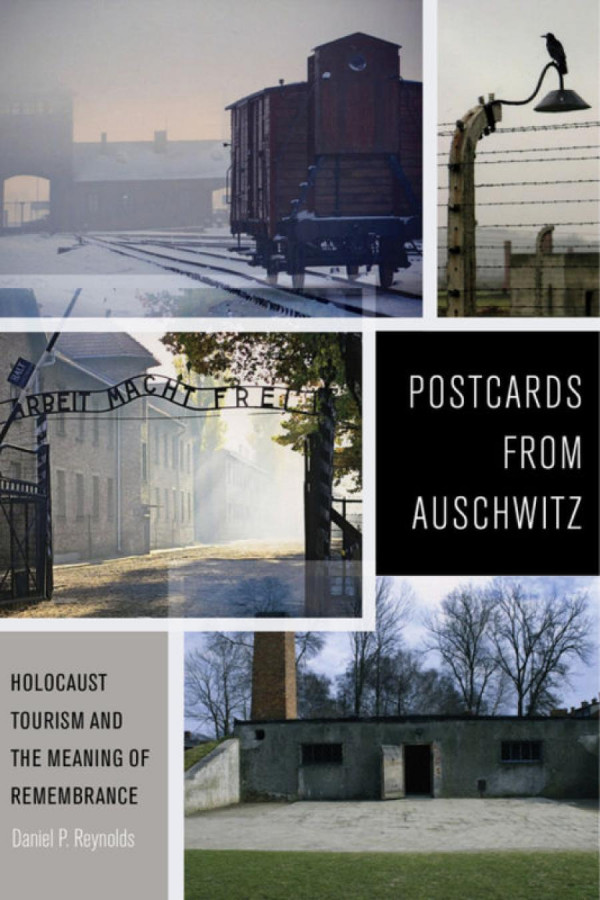

Most ebook files are in PDF format, so you can easily read them using various software such as Foxit Reader or directly on the Google Chrome browser.
Some ebook files are released by publishers in other formats such as .awz, .mobi, .epub, .fb2, etc. You may need to install specific software to read these formats on mobile/PC, such as Calibre.
Please read the tutorial at this link: https://ebookbell.com/faq
We offer FREE conversion to the popular formats you request; however, this may take some time. Therefore, right after payment, please email us, and we will try to provide the service as quickly as possible.
For some exceptional file formats or broken links (if any), please refrain from opening any disputes. Instead, email us first, and we will try to assist within a maximum of 6 hours.
EbookBell Team

4.0
26 reviewsThe uneasy link between tourism and collective memory at Holocaust museums and memorials
Each year, millions of people visit Holocaust memorials and museums, with the number of tourists steadily on the rise. What lies behind the phenomenon of "Holocaust tourism" and what role do its participants play in shaping how we remember and think about the Holocaust?
In Postcards from Auschwitz, Daniel P. Reynolds argues that tourism to former concentration camps, ghettos, and other places associated with the Nazi genocide of European Jewry has become an increasingly vital component in the evolving collective remembrance of the Holocaust. Responding to the tendency to dismiss tourism as commercial, superficial, or voyeuristic, Reynolds insists that we take a closer look at a phenomenon that has global reach, takes many forms, and serves many interests.
The book focuses on some of the most prominent sites of mass murder in Europe, and then expands outward to more recent memorial museums. Reynolds provides a historically-informed account of the different forces that have shaped Holocaust tourism since 1945, including Cold War politics, the sudden emergence of the "memory boom" beginning in the 1980s, and the awareness that eyewitnesses to the Holocaust are passing away. Based on his on-site explorations, the contributions from researchers in Holocaust studies and tourism studies, and the observations of tourists themselves, this book reveals how tourism is an important part of efforts to understand and remember the Holocaust, an event that continues to challenge ideals about humanity and our capacity to learn from the past.